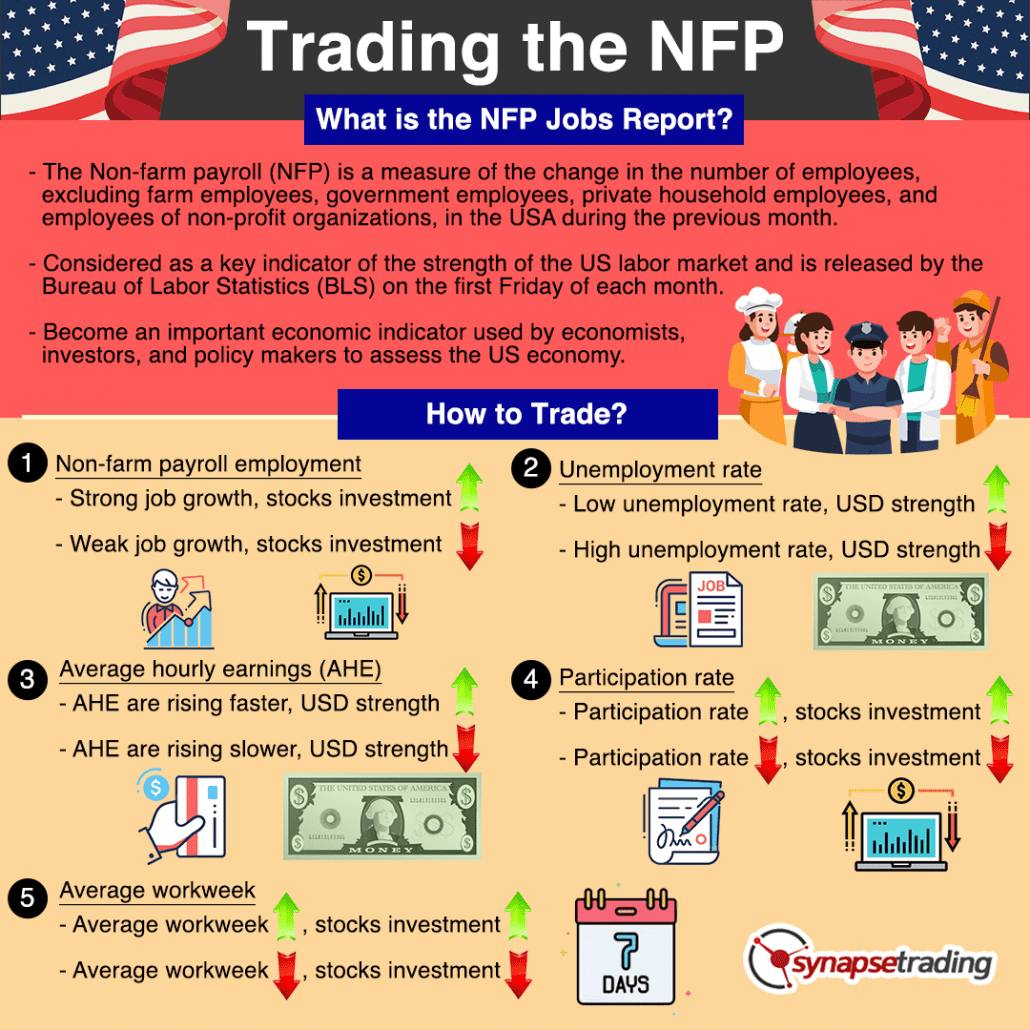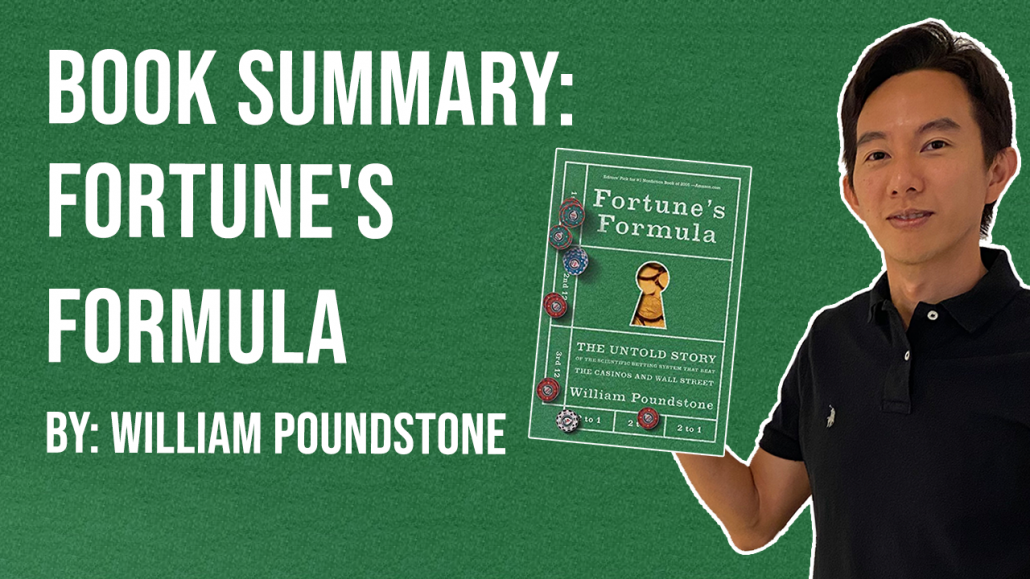Recently, one of the hottest economic indicator is the Consumer Price Index (CPI), and it has been one of major maker movers, but what exactly does it tell us?
Released once a month, it measures the average change in prices of a basket of goods and services consumed by consumers, providing insight into inflation and the cost of living.
It is widely followed by economists, investors, and policy makers and can have a significant impact on financial markets.
In this blog post, we will delve into the origin, calculation, and key numbers of the CPI report, and explain how this data is relevant to you as a trader or investor.
We’ll also explore how traders and investors use the information from the CPI to make their investment decisions.
Table of Contents
What is the CPI and its Origin?
The Consumer Price Index (CPI) is a measure of the average change over time in the prices paid by consumers for a basket of goods and services.
It is used to calculate the inflation rate, which is the rate at which the general level of prices for goods and services is rising and thus purchasing power is falling.
The CPI is used by governments, central banks, and economists to make informed decisions.
The origin of the Consumer Price Index can be traced back to the late 19th century, when the US Bureau of Labor Statistics (BLS) began collecting data on the prices of goods and services.
The BLS was officially tasked with calculating the CPI in 1918, and the first official US CPI was published in 1919.
Today, the CPI is used in many countries as a measure of inflation and is widely used as an indicator of changes in purchasing power and the cost of living.
How is the Data Calculated?
The Consumer Price Index (CPI) is calculated using a statistical survey that collects data on the prices of a representative basket of goods and services purchased by consumers.
The basket of goods and services is based on the expenditures of a typical consumer, and is designed to represent the purchasing patterns of the general population.
The prices of the goods and services in the basket are collected at regular intervals, usually monthly or quarterly, from a sample of retail outlets, service providers, and rental markets.
The data collected on prices is used to calculate the average change in prices for the basket of goods and services over time.
This average change is then used to calculate the inflation rate, which is the percentage change in the CPI over a specific time period.
The inflation rate provides an indication of how much the cost of living has increased, and how much the purchasing power of consumers has declined.
The calculation of the CPI involves several steps, including:
- Selection of goods and services: A basket of goods and services is selected to represent the typical expenditures of consumers. The basket is updated periodically to reflect changes in consumer spending patterns.
- Collection of price data: The prices of the goods and services in the basket are collected at regular intervals from a sample of retail outlets, service providers, and rental markets.
- Weighting of prices: The prices are weighted according to their importance in the overall basket of goods and services. This weighting is based on data on consumer expenditures.
- Calculation of average prices: The weighted prices of the goods and services in the basket are used to calculate an average price for the basket.
- Calculation of the inflation rate: The average price for the basket is compared over time to calculate the inflation rate, which is the percentage change in the average price of the basket over a specific time period.
Note that the CPI is just one of many measures of inflation, and there are other methods of calculating inflation, such as the Producer Price Index (PPI) and the Gross Domestic Product Deflator (GDP Deflator).
What are the Key Numbers of the CPI Report?
The Consumer Price Index (CPI) report contains several key numbers that provide information on the changes in the prices of goods and services over time and the level of inflation in an economy.
These key numbers include:
- The overall Consumer Price Index (CPI): This is the most widely used and well-known number from the CPI report, which measures the average change over time in the prices of a basket of goods and services consumed by consumers.
- Core Consumer Price Index (CPI): This is the Consumer Price Index excluding the volatile food and energy prices, and provides a more accurate measure of underlying inflation trends in the economy.
- Inflation rate: This is the percentage change in the Consumer Price Index over a specified time period and indicates the rate at which the cost of living is rising and the purchasing power of consumers is declining.
- Food and Beverage Index: This measures the average change over time in the prices of food and beverages purchased by consumers.
- Energy Index: This measures the average change over time in the prices of energy products, such as gasoline, electricity, and heating oil.
- Housing Index: This measures the average change over time in the prices of housing, including rent, owners’ equivalent rent, and shelter.
- Transportation Index: This measures the average change over time in the prices of transportation services and goods, such as gasoline, motor vehicle insurance, and public transportation.
- Medical Care Index: This measures the average change over time in the prices of medical care services and goods, such as hospital services, physician services, and prescription drugs.
- Apparel Index: This measures the average change over time in the prices of clothing and footwear.
These key numbers provide important information on the overall level of inflation, as well as the specific components of inflation, such as food, energy, housing, transportation, and medical care.
This information can be used by governments, central banks, economists, and businesses to make informed decisions about monetary and fiscal policy, as well as to analyze economic trends and conditions.
How is this Data Relevant to Traders and Investors?
The Consumer Price Index (CPI) is relevant to traders and investors because it provides important information on inflation, which can have a significant impact on financial markets.
Inflation affects the purchasing power of consumers and the value of money, and can have a direct impact on the demand for goods and services, as well as the supply of goods and services.
Inflation can also have an indirect impact on financial markets, as central banks often use monetary policy tools, such as adjusting interest rates, to control inflation.
If inflation is rising too rapidly, central banks may raise interest rates to curb inflation, which can lead to a decrease in consumer spending and economic growth, and can have a negative impact on financial markets.
Conversely, if inflation is too low, central banks may lower interest rates to encourage consumer spending and economic growth, which can have a positive impact on financial markets.
Traders and investors use the Consumer Price Index, as well as other inflation measures, to make informed investment decisions, such as determining the expected direction of interest rates, and adjusting their portfolios accordingly.
They also use inflation data to make predictions about the future direction of financial markets, such as stock markets and bond markets, and to make decisions about the timing and size of their trades.
The Consumer Price Index provides valuable information on the level of inflation in an economy, and is an important tool for traders and investors to monitor and analyze economic trends and conditions, and make informed investment decisions.
News Trading on CPI Data
Traders can use different data points from the Consumer Price Index (CPI) report to make informed trading decisions.
Some specific examples of how traders might use these data points are:
- The overall Consumer Price Index (CPI) and the core Consumer Price Index (CPI) excluding food and energy prices: Traders may use the overall and core CPIs to gauge the level of inflation in an economy and to make predictions about the future direction of interest rates. If the overall CPI or core CPI is rising rapidly, it may signal that inflation is becoming a concern, and traders may expect the central bank to raise interest rates, which can have a negative impact on financial markets. On the other hand, if the overall CPI or core CPI is low or declining, traders may expect the central bank to keep interest rates low, which can have a positive impact on financial markets.
- Inflation rate: Traders may use the inflation rate to assess the pace of inflation in an economy and to make predictions about future inflation trends. If the inflation rate is high, it may signal that inflation is becoming a concern, and traders may expect the central bank to raise interest rates, which can have a negative impact on financial markets. On the other hand, if the inflation rate is low or declining, traders may expect the central bank to keep interest rates low, which can have a positive impact on financial markets.
These data points from the Consumer Price Index report provide valuable information on the level of inflation in an economy and its components, and traders use this information to make informed trading decisions, such as adjusting their portfolios, predicting the future direction of interest rates, and making decisions about the timing and size of their trades.
Concluding Thoughts
In summary, the Consumer Price Index (CPI) is a critical measure of inflation that can have a significant impact on financial markets.
As a new trader or investor, understanding the origin, calculation, and key numbers of the CPI report is crucial in making informed decisions.
The data provides insights into inflation, purchasing power, and economic trends, which can help you navigate the financial market and make sound investment choices.
Now that I have covered all about the importance of the CPI report, is it something that you will add to your trading toolbox?
Let me know in the comments below.






















